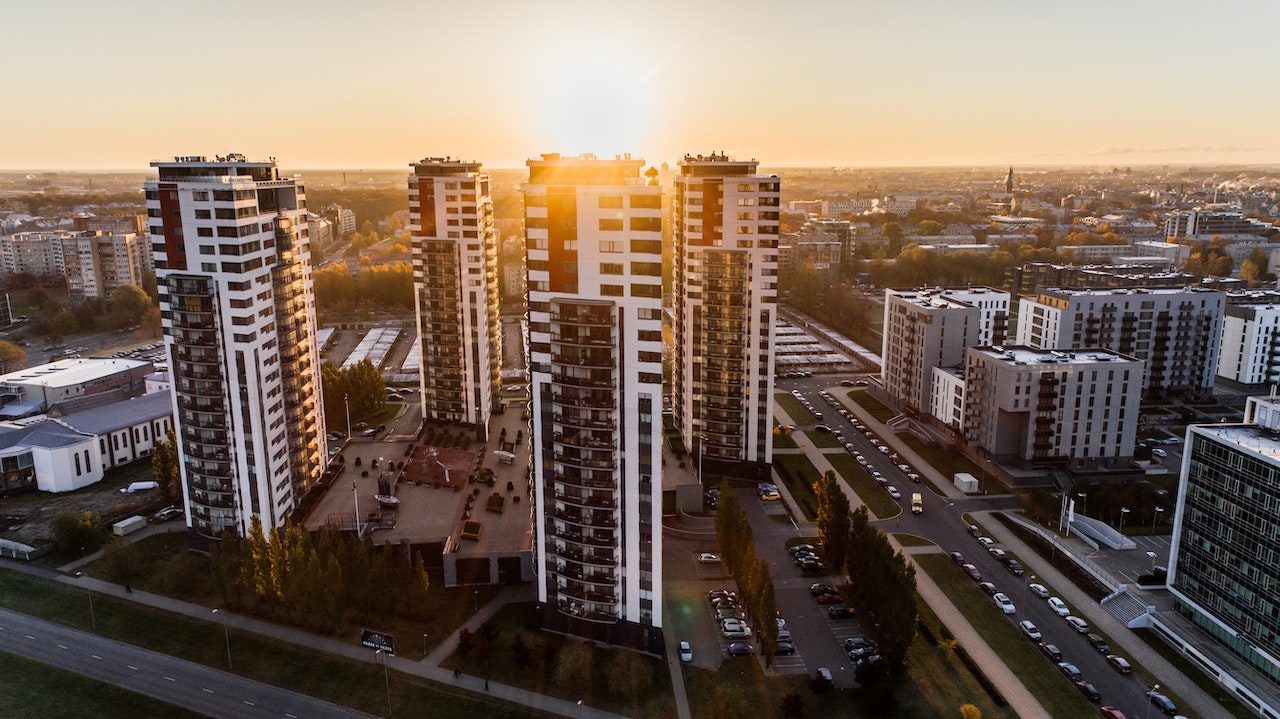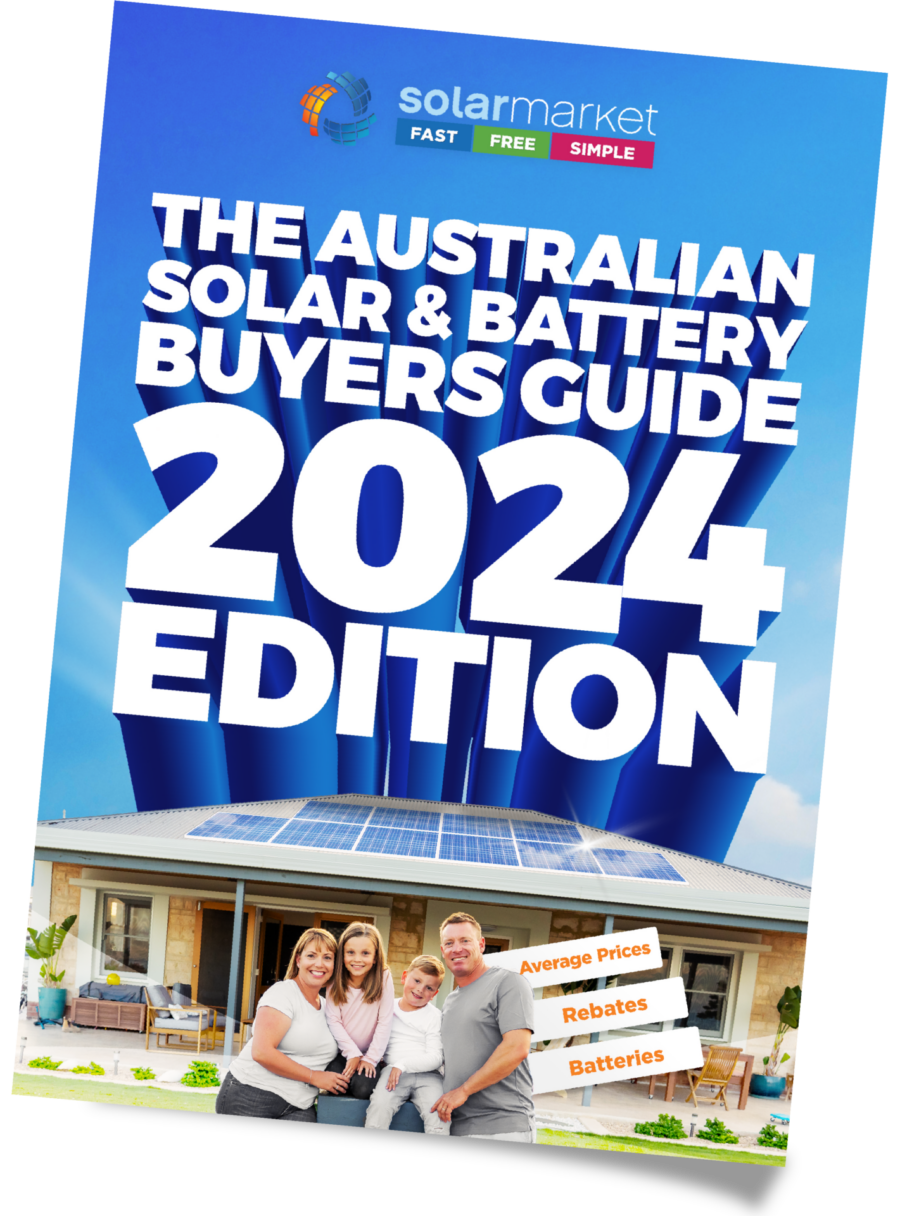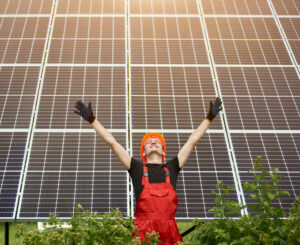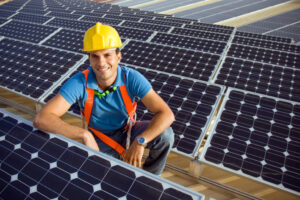Can I Have Solar Panels if I Live in an Apartment?
Are you an apartment dweller wondering if you can have solar panels installed on your building? The short answer is yes, it is possible to have solar panels installed on apartment buildings in Australia. In fact, there are a few different options available to apartment residents who want to take advantage of the benefits of solar energy. Here, we will explore the different ways you can go solar as an apartment dweller and what you need to know before making the switch.
- Embedded Networks
Many apartments in Australia operate their electricity arrangements as an embedded network which can also be known as a Community Energy Network. An embedded network is a privately owned and operated electricity distribution system that serves a specific group of customers, such as the residents of an apartment building. Embedded networks can be owned by the building owner or by a third-party provider.
One of the first things to do is to determine if your apartment building is part of an Embedded Network or not. You can do this by asking your Strata Manager or land lord if you’re renting
So, how do embedded networks work? Essentially, the building owner or third-party provider installs solar panels on the roof or other suitable location on the building. The solar panels generate electricity, which is then distributed to the common areas and to this apartments via the embedded network. Note though that the individual apartments don’t generally get the direct benefit of the solar energy though as it goes to the embedded network operator who on-sells that electricity to those apartments.
- Individual Solar Panel Systems on Common Areas
In some rare instances, it is possible to have solar panels installed on common areas within the building, such as the roof of the building to provide power to individual apartments.
While it may be more challenging, it is still possible for individual apartment dwellers to install their own solar panel systems. This would allow you to generate your own electricity and potentially save on your energy bills.
If you are interested in this option, you should speak with your strata manager or body of owners or manager to see if it is feasible. Keep in mind that any modifications to the building will require approval and may also need to comply with local building codes and regulations.
- Solar for Common Area power
Solar panels installed on common areas within an apartment building, such as the roof or the sides of the building, can be a good option for building owners who want to offset their energy costs and reduce their carbon footprint. However, it is important to note that these systems do not provide any direct benefits to individual apartment occupants. The electricity generated by the solar panels is typically used to power common areas within the building, such as the lobby, elevators, and lighting, and is not distributed to individual units.
While solar panels on common areas may not directly reduce the energy bills of individual apartment occupants, they can still bring down strata costs for the entire building. By generating their own electricity, the building can potentially save money on energy costs, which can be passed on to the residents in the form of lower strata fees. Additionally, solar panels can increase the value of the building and make it more attractive to potential buyers or renters.
- Allume SolShare solution for apartments
Allume’s SolShare is a solar solution specifically designed for apartment buildings. This innovative system allows residents to access the benefits of solar energy without having to install panels on their individual units. Instead, Solar installers put solar panels on the roof of the apartment building and this distributes the generated electricity to all of the units within the building.
One of the main benefits of the Allume solution is that it makes solar energy more accessible and affordable for apartment dwellers and also has a production balancing component ensuring a higher utilisation of solar energy in the building. Many apartments do not have the necessary space or orientation for solar panels, and individual installation can be costly. With Allume, residents can still participate in the solar energy revolution and reduce their carbon footprint without incurring the expenses of individual panel installation. Plus, the Allume system is designed to be easy to use, with a simple online portal for tracking energy usage and savings.
Solar Market can put you in touch with solar installers who use the Allume Solshare product. Just complete the form on the Solar Market website and indicate you’re interested in Allume in the comments.
Considerations for Going Solar in an Apartment
- It is possible for apartment buildings in Australia to have solar panels installed, with options including embedded networks, common area installations, and individual unit installations
- Embedded networks allow the building owner or a third party to install solar panels and distribute the generated electricity to common areas and apartments through the network. You should check if your apartment is in an embedded network.
- Common area installations generate electricity for common areas, but not for individual apartments
- Individual unit installations are possible, but require approval and may need to comply with building codes and regulations
- The Allume SolShare solution allows apartment residents to access solar energy through panels installed on the roof of the building, with the electricity distributed to all units within the building
Finally, it is essential to do your research and work with reputable providers. There are many companies that offer solar services for apartments, and it is important to choose one that has a good track record and is transparent about their pricing and services.










